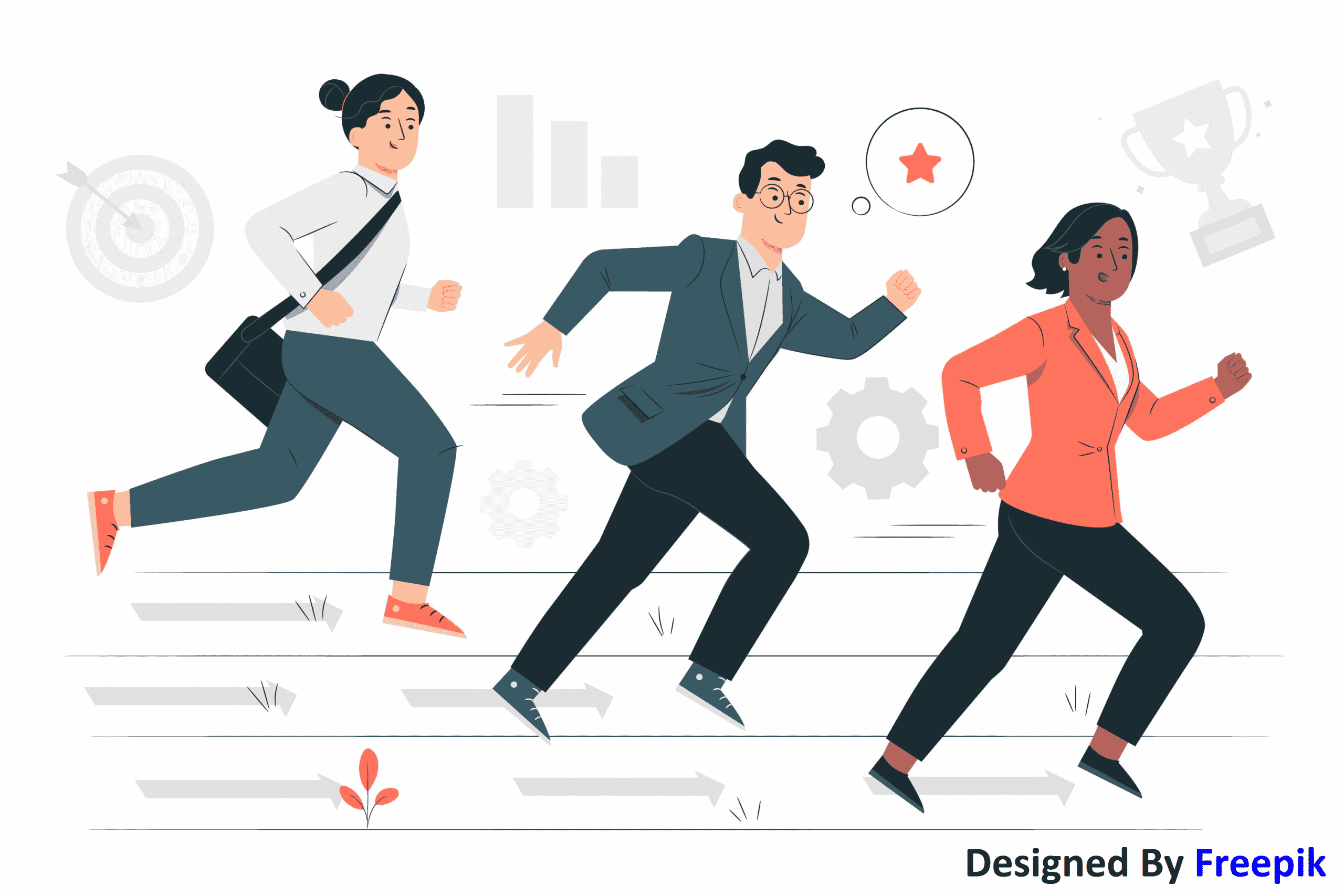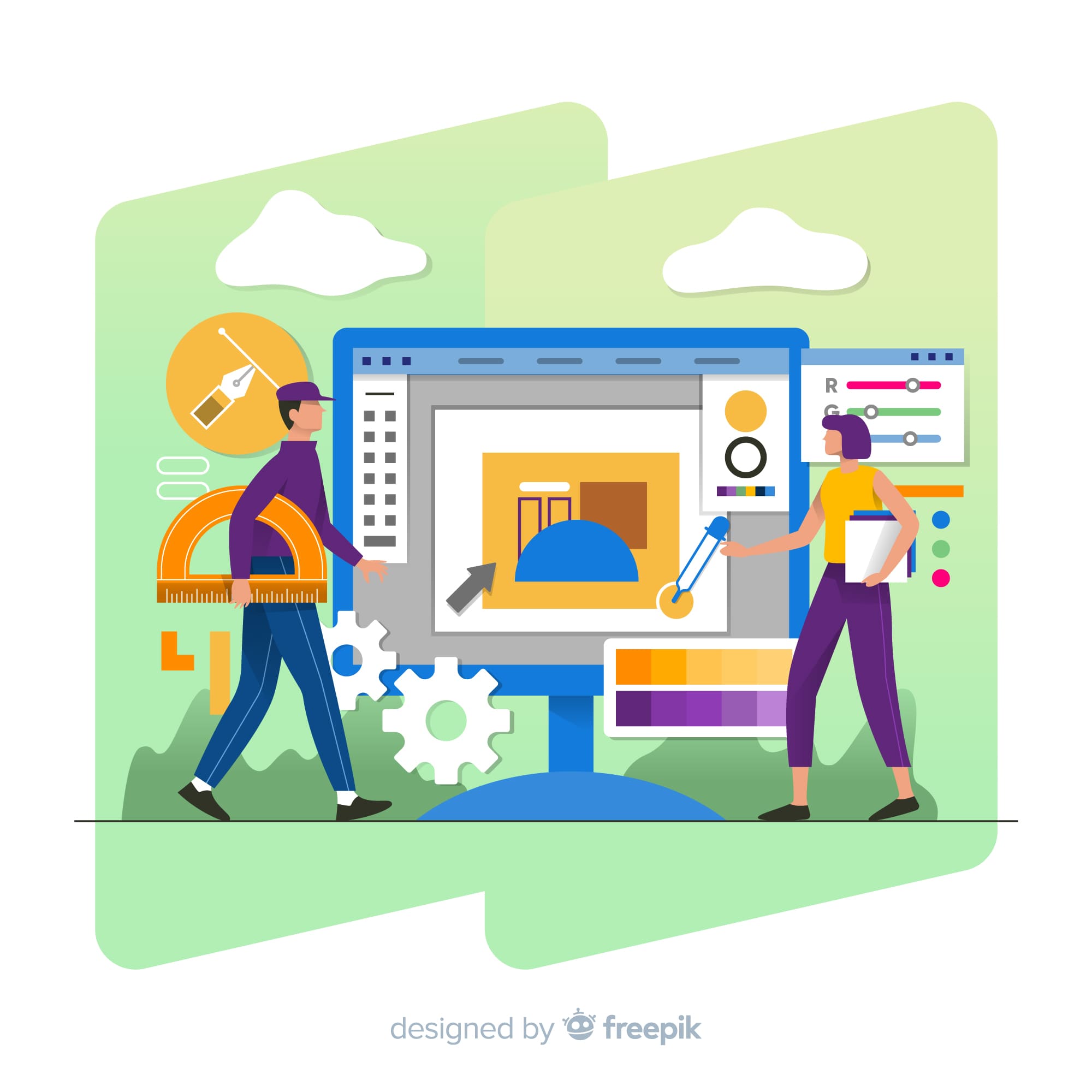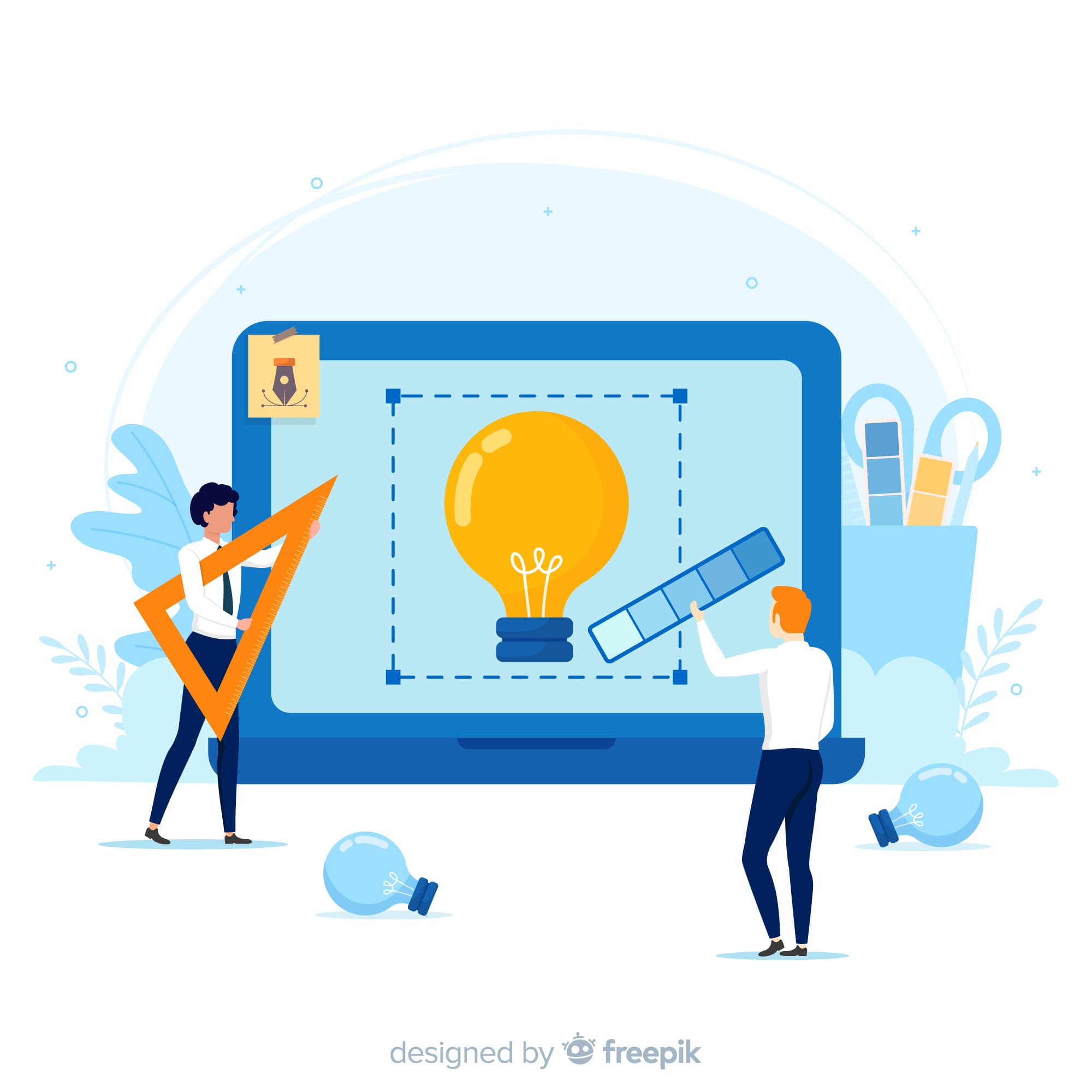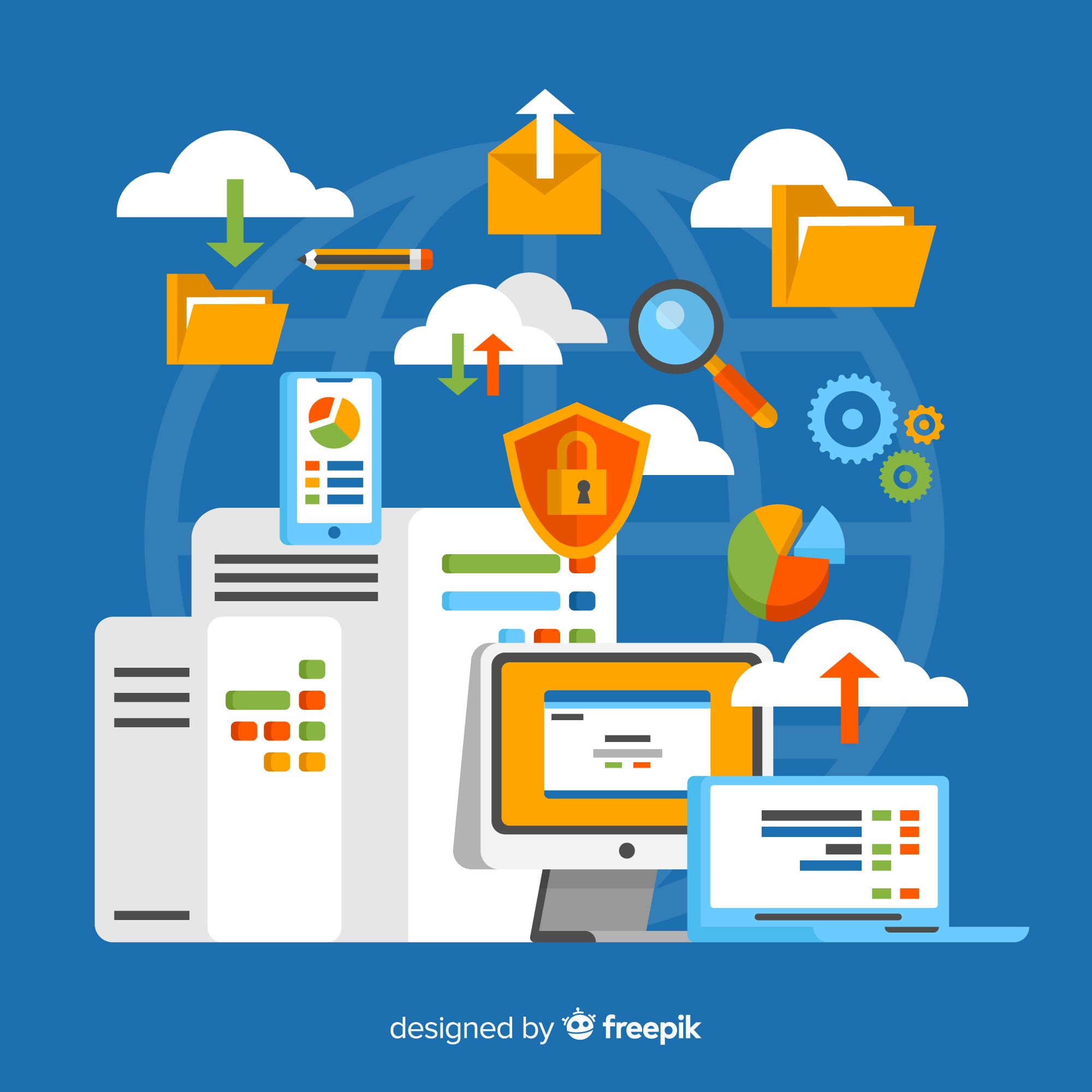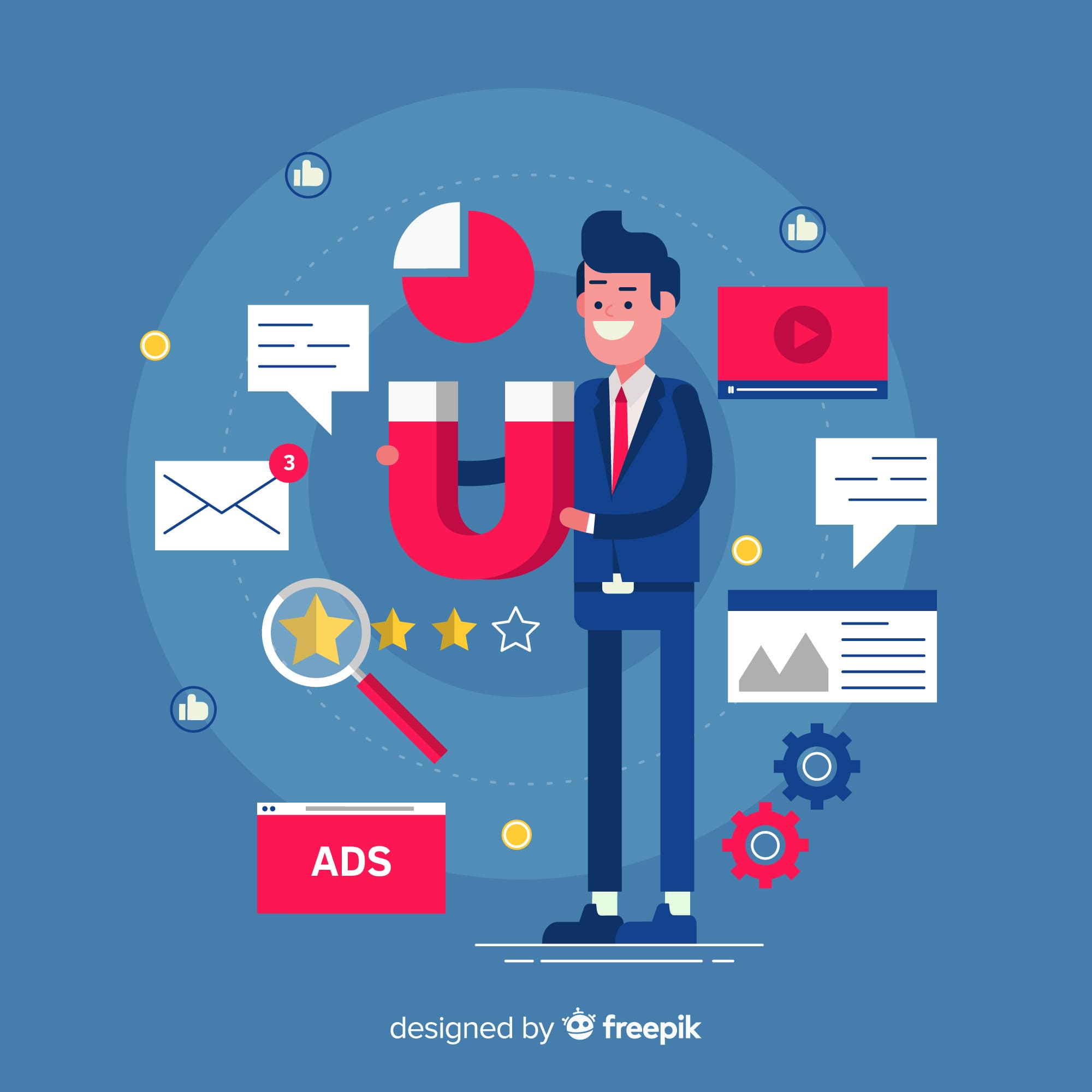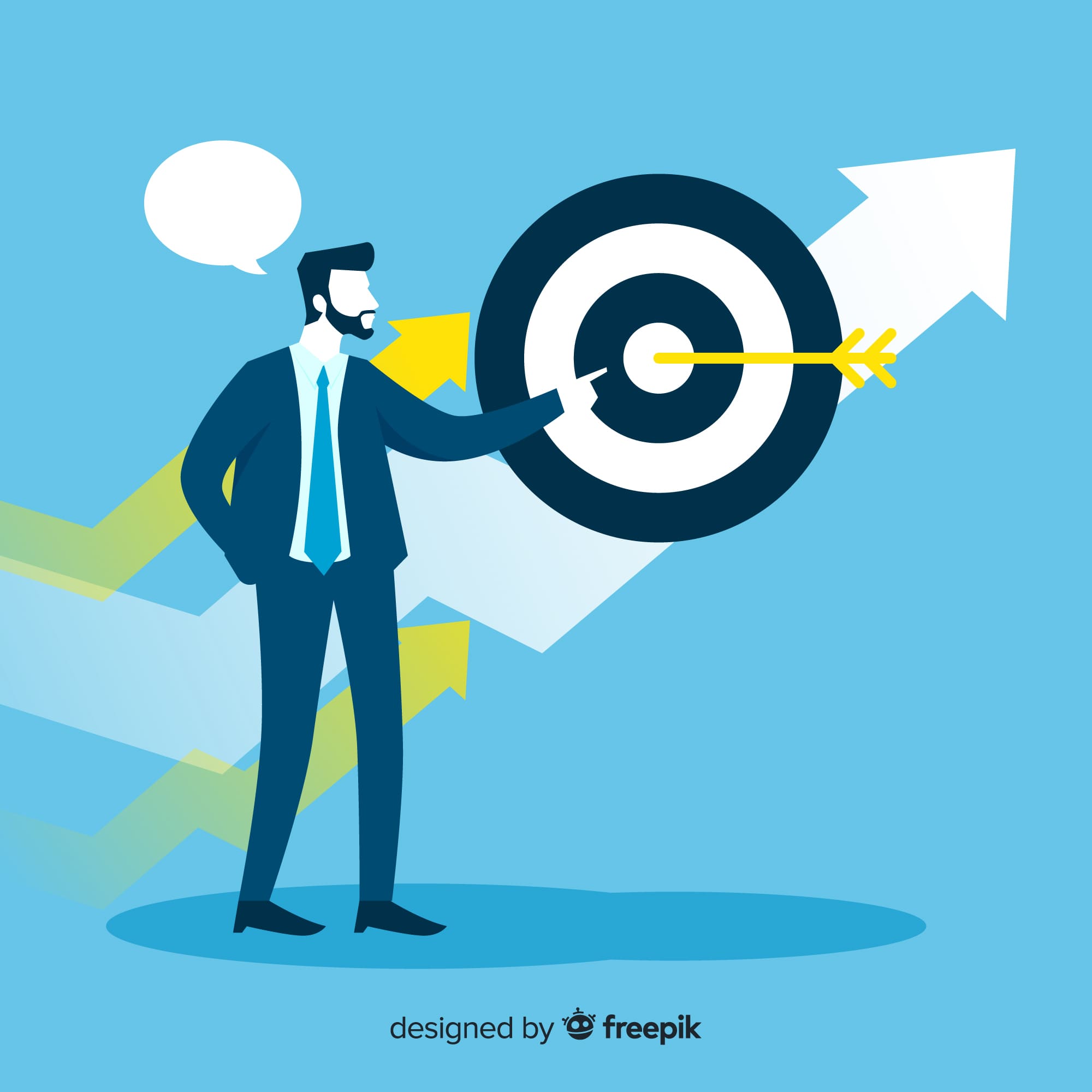Due to the general decrease in the cost of information systems, computers can now provide a significant competitive edge. This new technology enables businesses to redeploy assets and rethink strategies to acquire market share. Interorganizational systems can potentially shift the balance of power between the buyer and the supplier.
Information and communication technology (ICT) can have a wide range of effects on competitive advantage. ICT enables the firm to respond effectively to change or business possibilities by making large amounts of information available to all personnel. It promotes team collaboration, allowing them to deliver strategic projects that swiftly lead to growth. Technology also boosts supply chain efficiency by facilitating communication and information sharing.
Regularly, new technologies enter the market. In many situations, they present chances for firms to redesign their business models and significantly improve the efficiency of existing operational methods. Companies that are better prepared and skilled at using these technologies will have a considerable competitive edge. To get this edge and surpass competitors, firms must adapt in ways that place humans at the heart of any organizational shift, deploy technology quickly, and create at scale through ecosystem collaboration.
What Makes a Competitive Advantage Last?
There are several forms of competitive advantages. They are not confined to a few procedures in which you may outperform the competition. For example, it might be operational excellence or product leadership. Alternatively, your solution may provide higher client personalization.
Your competitive edge is what you, your organization, or your department do better than anybody else. The term “durable” relates to your capacity to continue performing those tasks in the long run. And, indeed, you may have several advantages and build new ones. You don’t have to have them all right now. Sustainable competitive advantages are organizational strengths that are specific to your company. These qualities differentiate you from your competitors. It’s what you specialize in and is clearly valuable for your market. Skills or strengths that are significant to your clients are called competitive advantages. If the power you’ve found it essential to you but not to your customer, it’s not a long-term competitive advantage. A competitive advantage is a benefit or reason customers choose you over your competitors. It has to be valuable to your consumer!
Use Data to Improve Agility and Power Innovation:
Use data to improve agility and power innovation, not just to understand the world but to make decisions and drive action. Data can show you where, when and what to focus on next. It can help you make faster and better decisions. It can help you predict and prevent problems before they happen.
Data can help you in getting an advantage over your competitors. Data-driven organizations are more agile and better positioned to power innovation.
Companies that want to use their data more effectively to innovate at scale must first understand and recognize the value data can provide. They must also ensure that the data is clean, of high quality, compliant, secure, and entrenched at the heart of the business. Companies must link the “brain” of the business (the data) to the “body” of the business (operations). Data and analytics may assist firms in responding to market developments more quickly. Businesses may gain a competitive edge by leveraging data analytics to forecast future trends, analyze customer habits, and uncover new business prospects more rapidly.
UX Design is a Competitive Advantage:
In the quest to differentiate and compete in your markets, great design and user experience may make a potent combination. Over ten years, the Design Management Institute (DMI) evaluated S&P corporations and discovered that design-led enterprises outperformed their rivals by 228 percent, a truly astounding amount. It is no longer enough for your goods and services to be functional; they must also be holistic, linked, and enjoyable to use. Despite some being relatively mature, many organizations have spent developing user experience and design teams that have not seen this type of return. So, how are these fantastic organizations utilizing design and user experience to leapfrog their competitors? And how will they maintain their competitive advantage in the long run?
Here are a few reasons why UX and design help organizations:
- Enhances the Offerings’ Market Fit
- Promotes an Innovation Bias
- Creates Experience Systems rather than Products
- Resonates Emotionally with Customers
Achieving a Competitive Edge with Automation:
Automation streamlines corporate processes, giving staff more time to focus on product creation and process improvement. This means that businesses may speed development or bring goods and services to customers faster than the competition.
Robotic process automation (RPA) reduces human data input and physical storage expenses by replacing manual paper-based operations. Companies may reinvest this money in crucial technical initiatives, putting them miles ahead of the competition. Although costly, RPA software is a long-term investment that may assist businesses in meeting these goals by aligning business operations with the requirements of people both within and outside the organization.
Businesses need to be more strategic in their business decisions to outperform their fast-moving and tech-savvy competition and become a household brand in their field. Automation solutions guarantee that a company’s structured and unstructured information is automatically received, organized, and indexed properly, allowing it to make informed decisions for future growth. This involves extending the RPA solution to other organizational areas such as accounts receivable, legal, and human resources. These are all areas where automation may help businesses become more inventive and efficient, providing them a competitive advantage.
Summary:
As new technologies develop rapidly, firms that are proficient at spotting the opportunities they bring will gain a considerable competitive edge. Data will also play a significant role in enhancing agility, enabling innovation, propelling development, and opening new opportunities through ecosystems and collaborations. Businesses must think outside the box to become best-in-class, and RPA software provides them with the competitive advantage they require to become the go-to source for products and services in their industrial sector.
Resource:
https://www.forbes.com/sites/forbesbusinesscouncil/2020/10/06/how-to-use-technology-to-gain-a-sustainable-competitive-advantage/?sh=1ac2c328328c
https://www.ey.com/en_in/consulting/how-can-technology-at-speed-create-competitive-advantage
https://www.dmi.org/page/DesignValue/The-Value-of-Design-.htm
https://madeintandem.com/blog/design-ux-sustainable-competitive-advantage/
Disclaimer:
Wherever any material is quoted as sourced from the published text with publishing rights vested in an individual, it is stated that it is a pure quotation and has no intention to claim it as our own.
Image Source: www.freepik.com
